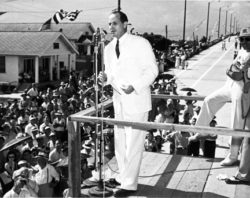Government, Politics & Law
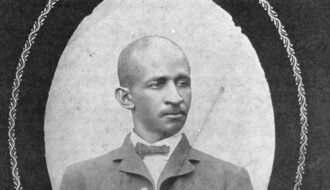
C. C. Antoine
Caesar Carpentier “C. C.” Antoine served as lieutenant governor of Louisiana from 1873 to 1877, one of only three individuals of African descent to hold the office during Reconstruction.

Caesar Carpentier “C. C.” Antoine served as lieutenant governor of Louisiana from 1873 to 1877, one of only three individuals of African descent to hold the office during Reconstruction.
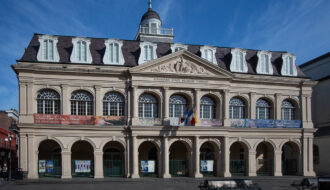
The Cabildo, one of three eighteenth-century structures that anchor New Orleans's Jackson Square, stands as a visual monument to Spanish rule in Louisiana.
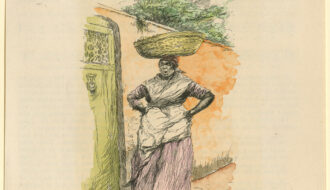
Fried rice cakes known as calas were once ubiquitous among New Orleans street vendors.
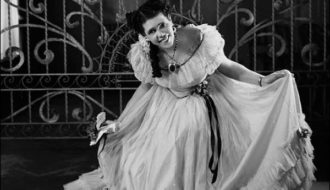
Born in New Orleans on March 30, 1888, composer Camille Nickerson was a highly accomplished musician and scholar.
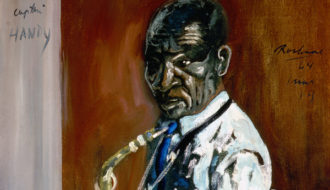
Captain John Handy was an early New Orleans traditional jazz, blues, and rhythm and blues alto saxophone player.
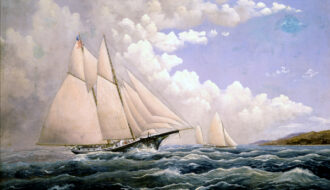
Captain William Lindsey Challoner worked for the Machecca line of fruit trade ships and sailed through many international ports. These busy ports inspired Challoner's paintings of ships and harbor scenes.
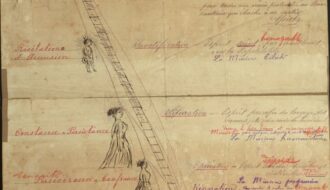
Members of the Cercle Harmonique held séances and received messages from the spirit world in support of Black rights and social equality.
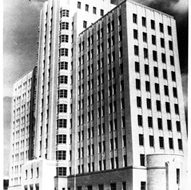
Charity Hospital is a twenty-story Art Deco skyscraper in New Orleans that was built by the Public Works Administration (PWA) between 1936 and 1940.
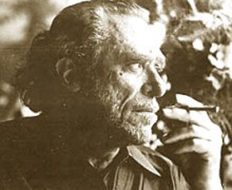
Charles Bukowski came to New Orleans in 1942 on his first cross-country trips and returned to the city many times over the years.

New Orleans native Charles Gayarré wrote the first complete history of Louisiana: a four-volume series entitled Louisiana History (1866).
Charles Aubry was the last French governor of Louisiana before it reverted to Spanish control.
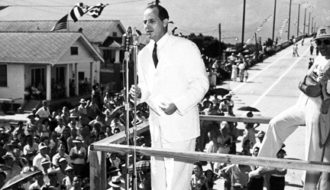
DeLesseps "Chep" Morrison was best known for his opposition to the powerful Long family in Louisiana.
One-Year Subscription (4 issues) : $25.00
Two-Year Subscription (8 issues) : $40.00
